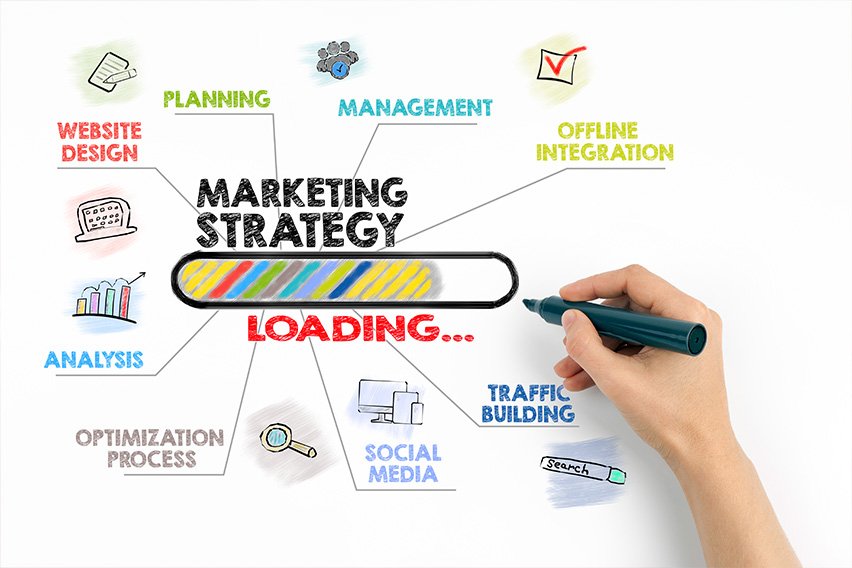How to Create a Training Program for Employees in 5 Easy Steps

To create high-quality training programs, you need to establish your training goals, develop engaging training materials, establish a schedule, choose the right trainers and ask employees for feedback.
Ongoing training programs are educational programs that are designed to equip employees with knowledge and skills to become a better professional and keeps them up to date on trends that are pertinent to their job. An effective training program has to be planned by following a systematic step-by-step process.
What this article covers:
How Do You Design a Training Program?
How Do You Develop Training Materials?
How Can I Improve My Training?
Why Is Effective Training Important?
How Do You Design a Training Program?
Assess the Training Requirements
An effective training program helps in accelerating an employee’s professional development. It also helps employees cope with changes, survive the competition and think out of the box.
This is why while designing a training program, you need to keep your employer’s needs and skills in mind. Identifying your employee’s training needs, along with inefficiencies in the workplace, will help you create programs that are informative, crisp and well thought out.

Here are some factors that may shape the outcomes and goals of your training programs:
- Employees roles and responsibilities
- Industry needs
- Vision and mission of the organization
- The stage of business, whether it’s a startup or an established business
Along with the benefit for the trainees, the training programs also need to be in line with the objectives and the vision of your business. In your training plan, including the specific goals and outcomes that you want the training to achieve.
Plan and Develop the Training Materials
Once you’ve outlined the goals for your training programs, you can start developing a training plan. During this phase, you need to decide whether to create the training materials in-house or hire an outside partner. There are several companies that specialize in creating employee training templates and materials such as videos and cards. This can help you acquire quality resources to improve employee engagement.
You should also bring in your team and tell them in advance about the training so that they have time to co-ordinates their schedules accordingly.
Consider Presentation Methods
You need to select the activities that you would be implementing in your training sessions. Lectures by guest speakers, demonstrations, discussions and debates about the concepts, role play, case studies and online learning are some activities that you can include in your training programs.
Implement Training Programs
While implementing the training programs, you need to decide whether training will be delivered in-house or externally coordinated by mentors and training co-ordinators.
This phase involves scheduling the activities and organizing related resources such as equipment, facilities etc. Once the training program is launched and conducted, it’s important to monitor participant progress to ensure the program is effective.
Evaluate and Revise
Monitor the training program continually and in the end, evaluate the success of the program by collecting feedback from trainees. The feedback should shed light on the effectiveness of the instructor and the overall program along with the knowledge and skill acquisition.
Analyzing this feedback will allow you to find weaknesses in the program and make necessary revisions.
How Do You Develop Training Materials?
Training materials are a vital part of every training program. The best approach to developing effective training materials is by evaluating the learning needs and length of the program, workbooks, training manuals and audio-visual aids may be used.
Here are the strategies for developing training materials for your programs:
- Make a list of the learning objectives of the training program
- Develop a training plan that outlines in detail how training will be conducted. This includes the training program schedule, key learning objectives and a list of the available resources
- Estimate the time required for each learning each objective
- List the training materials that you would need such as videos, training modules, images etc.
- Divide individual learning objectives into separate modules. Write the purpose of the module, the learning activities they will be engaged in and the what they will be able to achieve after the completion of the module.
Incorporate visual elements such as graphics, videos and tables to reinforce important concepts.
- Add tests and review exercises in various formats. For example, the training materials may include multiple-choice questions, or you could ask students to break up into small groups to discuss the content.
Assess the students’ learning by asking them to complete projects and short assignments
- Evaluate the effectiveness of the materials by asking the trainees for feedback. The feedback forms could contain questions about clarity, usefulness, variety and organization of the training materials. This may be used to review and improve the materials.

How Can I Improve My Training?
To improve your training program, consider the following steps:
- Utilize digital tools such as augmented reality and virtual reality, social learning and gamification to make your training programs engaging and interactive, while also increasing the knowledge absorption and retention.
- You should know exactly what the program should achieve. A roadmap outlining the expectations for the program will help in achieving both business objectives and employee learning and development
- Use tests, role plays, competitions and interactive games related to the program. This helps in motivating employees to compete and increases retention of learning material
- Consider cross-team learnings. By creating a possibility to exchange knowledge and experiences, you can increase the individual’s skill set. This, in turn, will allow the company to function better cohesively and face roadblocks with ease.
Why Is Effective Training Important?
The benefit of a well-planned training program is that it allows you to strengthen tangible skills that each employee needs to improve.
Apart from improving the job performance, effective training programs boost employees’ confidence as they now have a better of their job requirements and the industry.
Training programs educate employees about the procedures and expectations of the business, including administrative tasks, discriminatory and safety measures.
Regular training fosters a caring, supportive workplace where employees feel appreciated. The appreciation and challenge that employees feel translate to more job satisfaction and career growth.
Use the steps to tailor the right training program for your business. This can provide measurable results in productivity, profit, growth and employee retention, and be valuable in the long-term success of the business.
RELATED ARTICLES

 Small Business Email Marketing: Top 5 Benefits of Email Marketing
Small Business Email Marketing: Top 5 Benefits of Email Marketing How to Advertise My Small Business: 7 Best Advertising Strategies
How to Advertise My Small Business: 7 Best Advertising Strategies 9 Small Business Marketing Strategies on a Tight Budget
9 Small Business Marketing Strategies on a Tight Budget How to Prepare Annual Report for Your Small Business
How to Prepare Annual Report for Your Small Business How to Measure Team Effectiveness: Top 5 Ways
How to Measure Team Effectiveness: Top 5 Ways 11 Construction Apps Builders Must Try In 2025
11 Construction Apps Builders Must Try In 2025